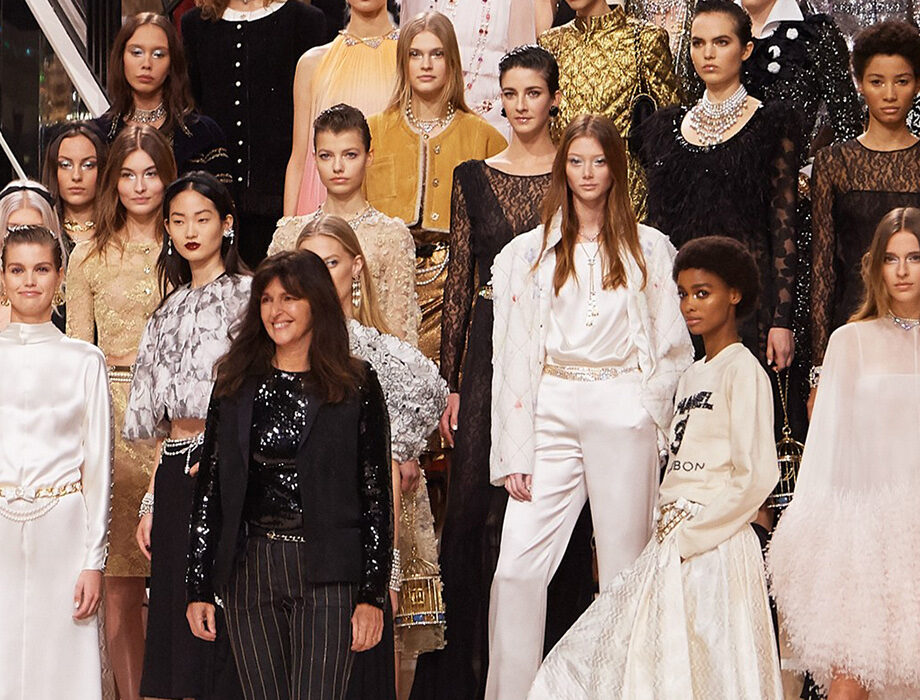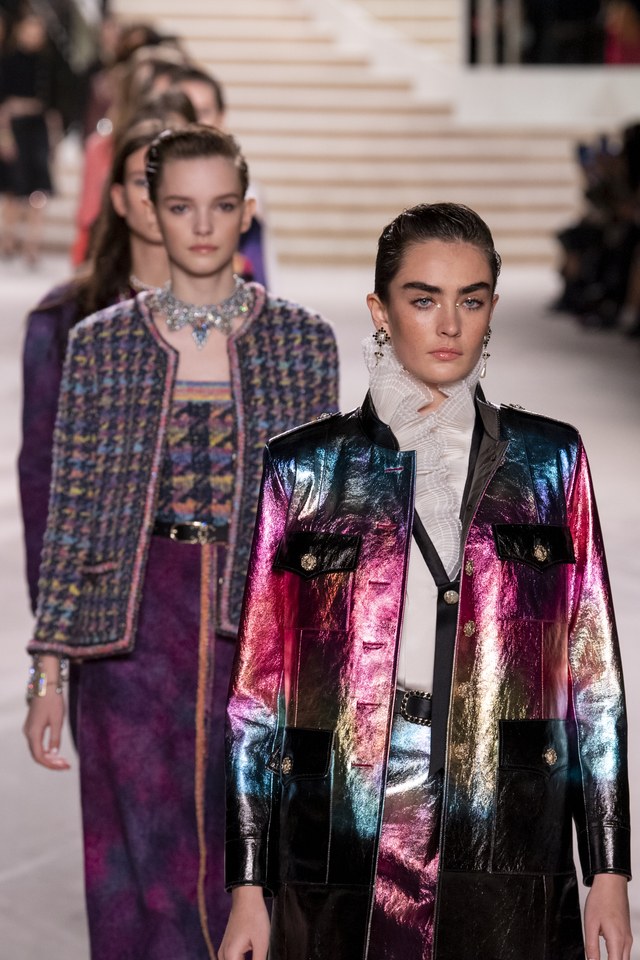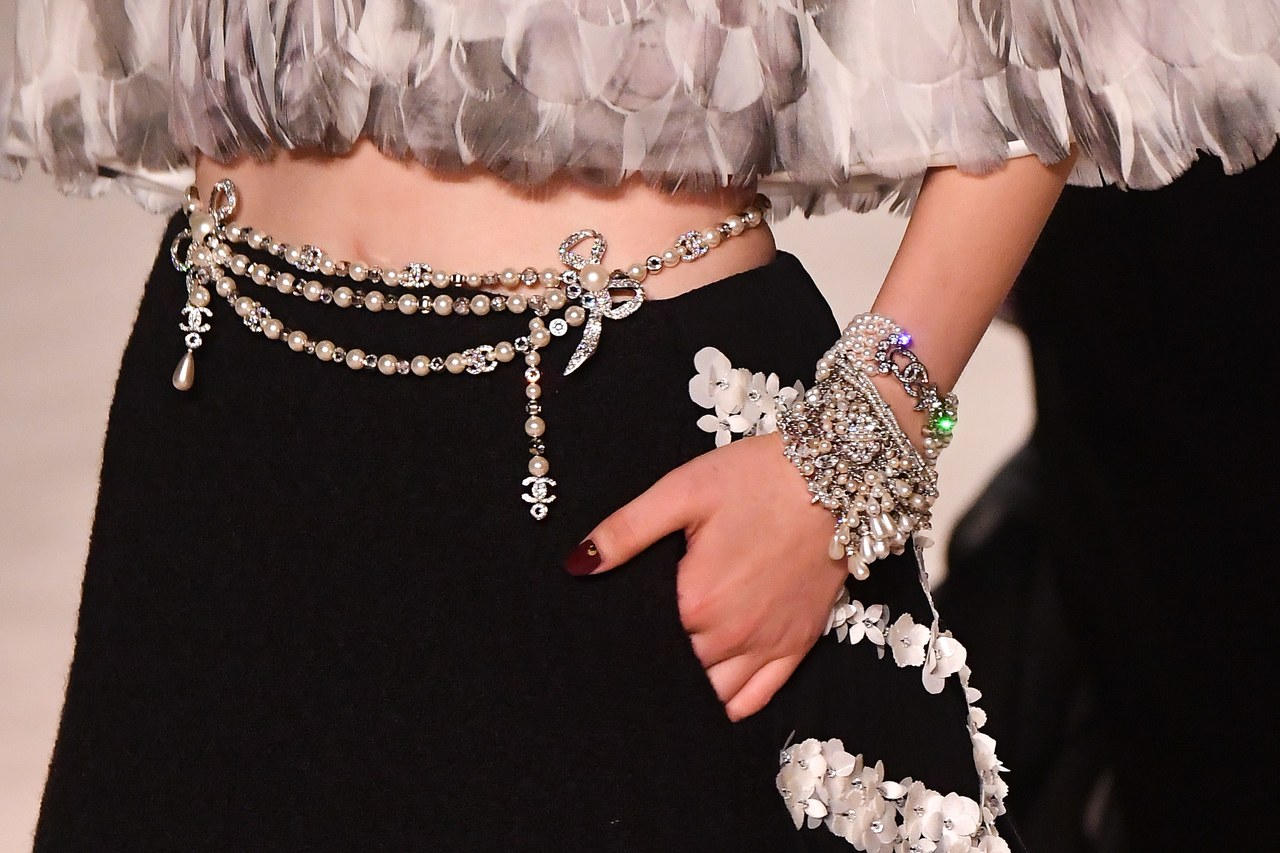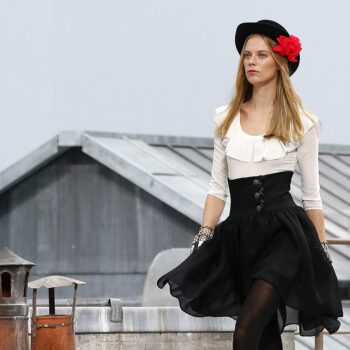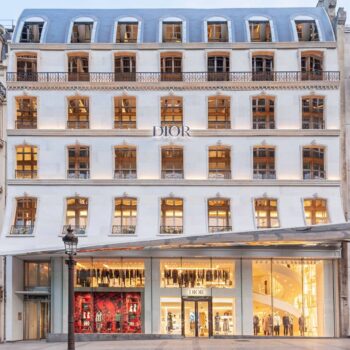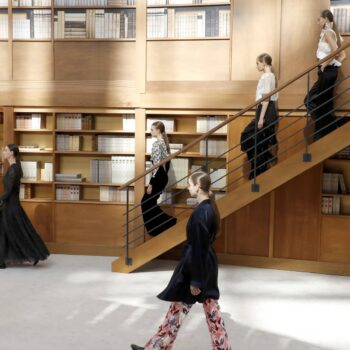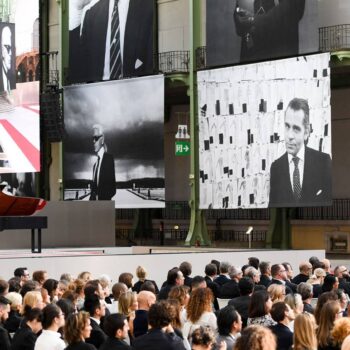The setting was an exotic memory of things past: the rich darkness of Coco Chanel’s coromandel screens; a pair of gilded lions as a talisman; the symbolic camellias; and, overhead, the vast, twinkling chandeliers.https://www.instagram.com/p/B5qSDC3HDut/?utm_source=ig_embedBut in this Chanel Métiers d’Art show, nothing was more emblematic than the sweep of the Art Deco, mirrored staircase at 31 rue Cambon, where “Mademoiselle” would hide on the top step to gauge the reaction of her clients to her collections. The recreation at the Grand Palais of those original steps served as a runway, as each model descended in variations of classic tailoring, some with “tie-dye” colouring.

This was Chanel’s Artistic Director Virginie Viard going back to the source after three decades at the right hand of the late Karl Lagerfeld. And with this show, she has come assuredly into the limelight, proving how wise it can be to elevate a designer who already knows every nuance of the house.https://www.instagram.com/p/B5qVVfPnYz9/?utm_source=ig_embed“This is the return to the very first Métiers d’Arts show in 2002 in the salons at rue Cambon – that was very dear to me,” Viard said, remembering how the models moved casually around, “listening to Lou Reed – it was more an attitude than a theme”.

Those words could sum up the lasting spirit of Coco, with her subtle play on masculine/feminine, so in advance of her time, back in the 1930s. Viard brought that up to date by including trousers – narrow, but soft and easy – as a definitive part of the show. She also used a sunset orange, often in liquid shades, like the burning sky itself, with the confidence of creating a new code.
